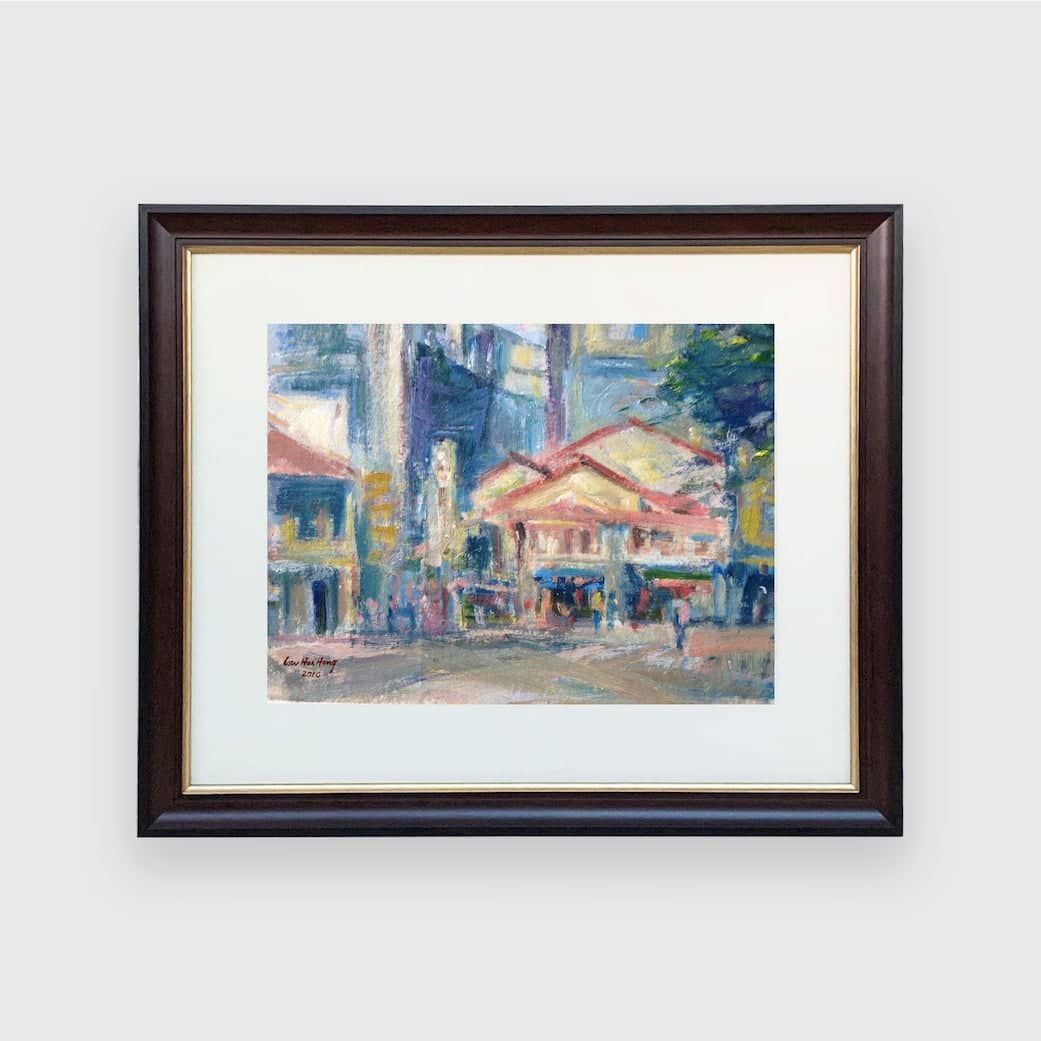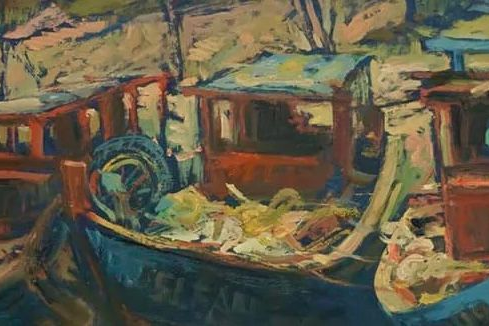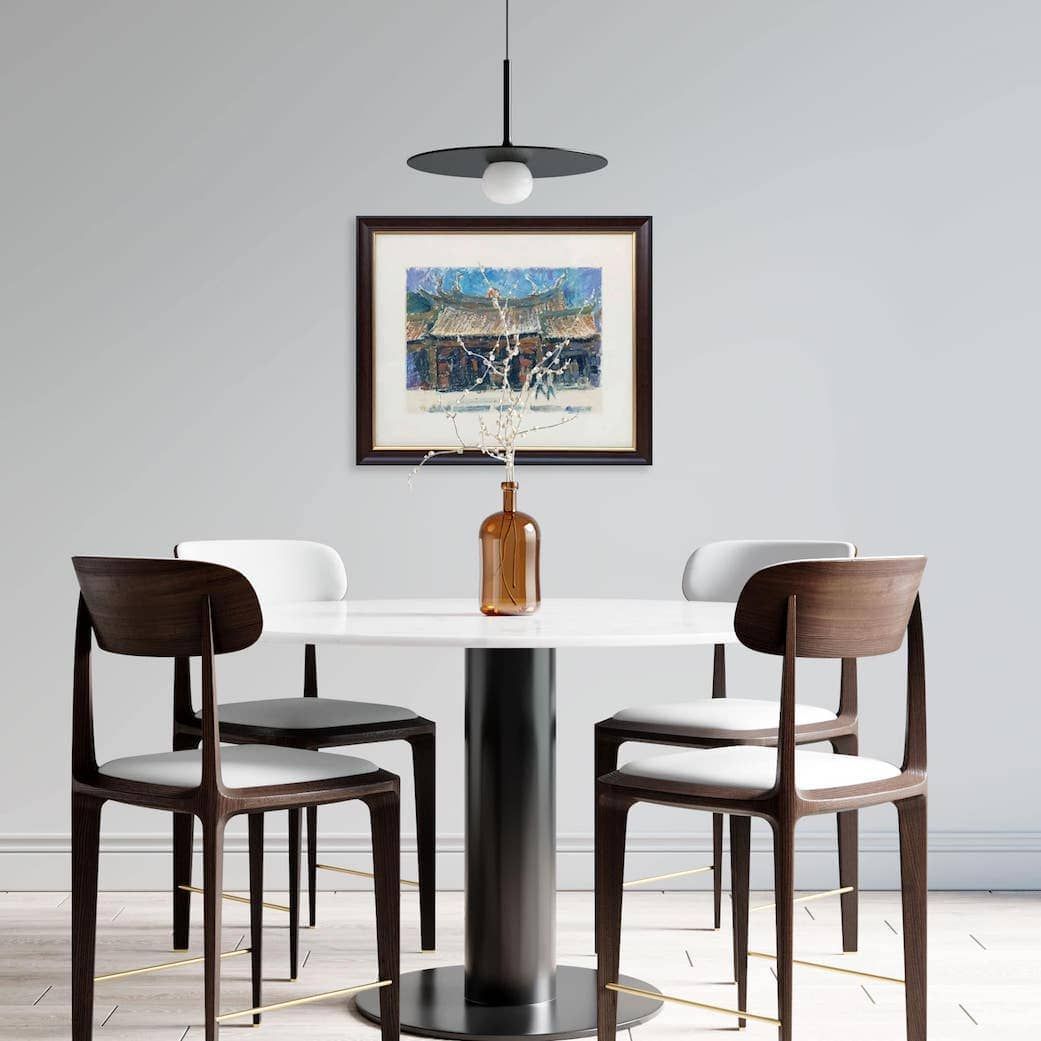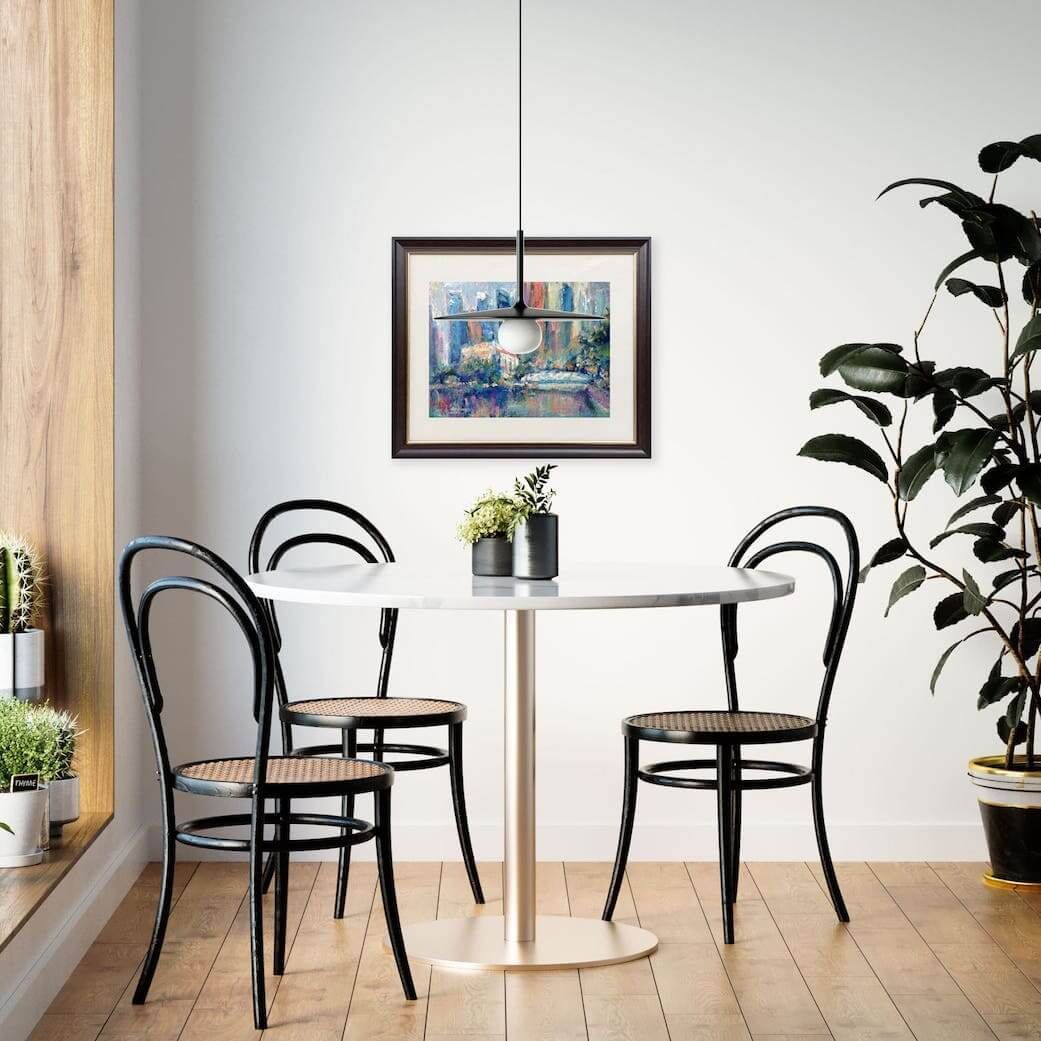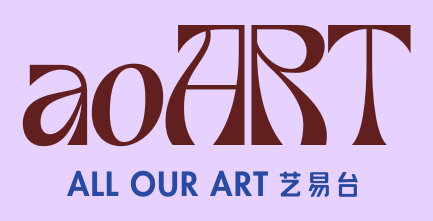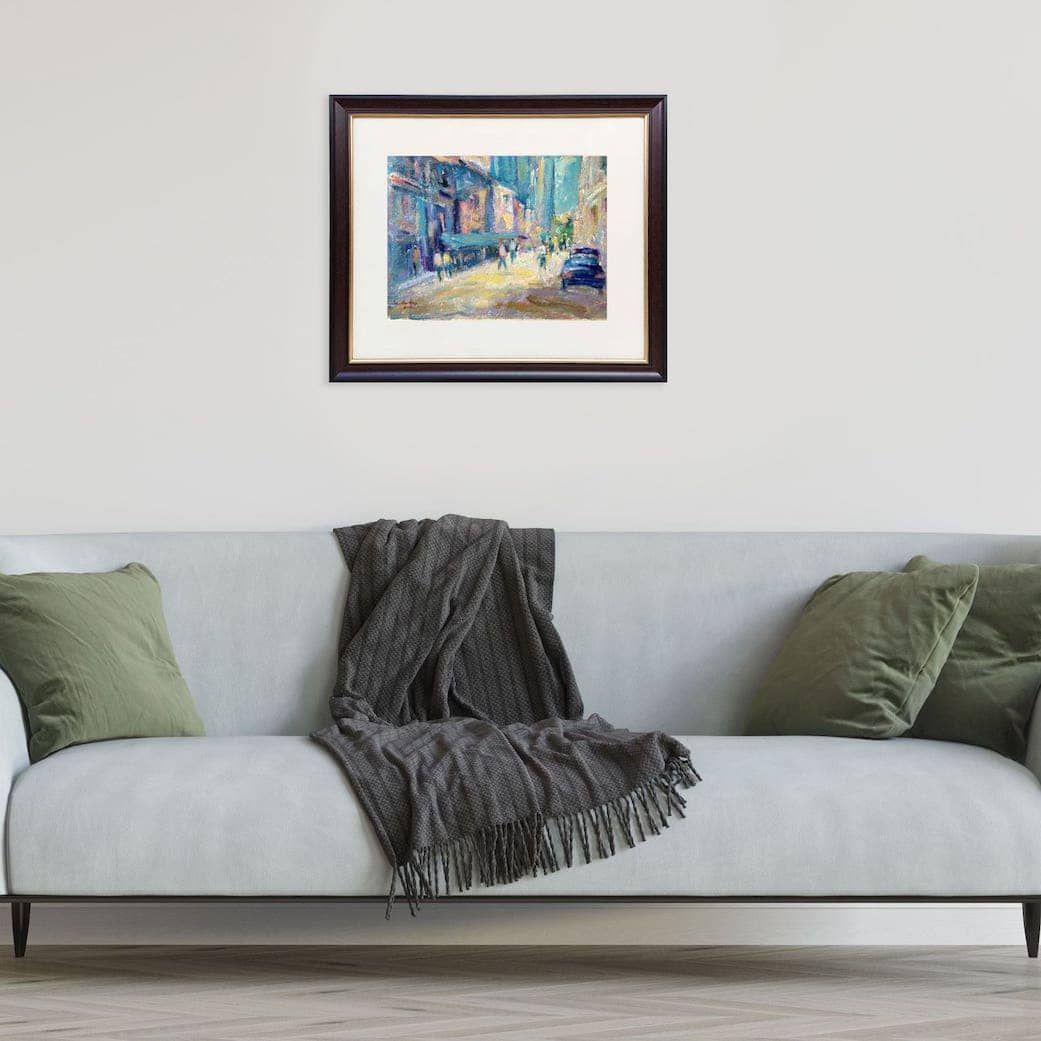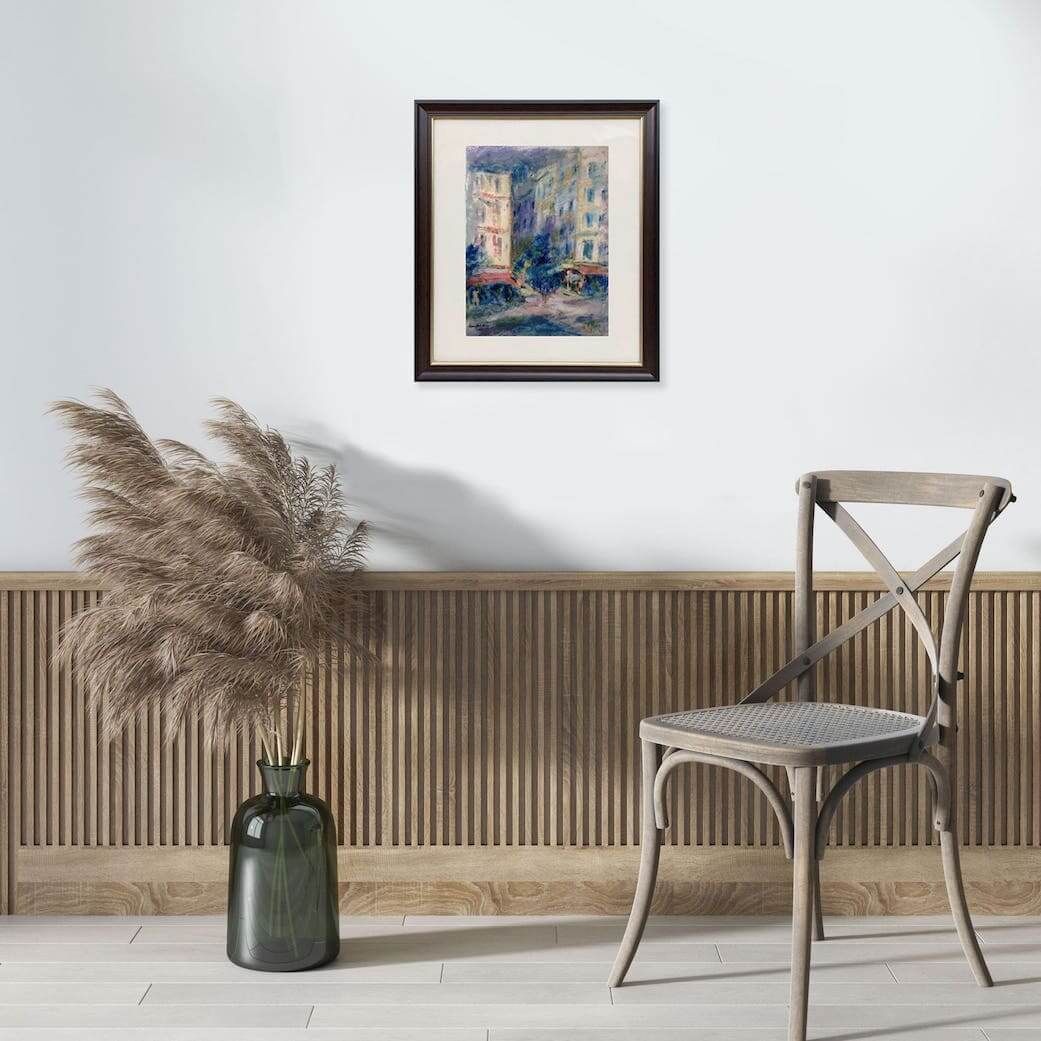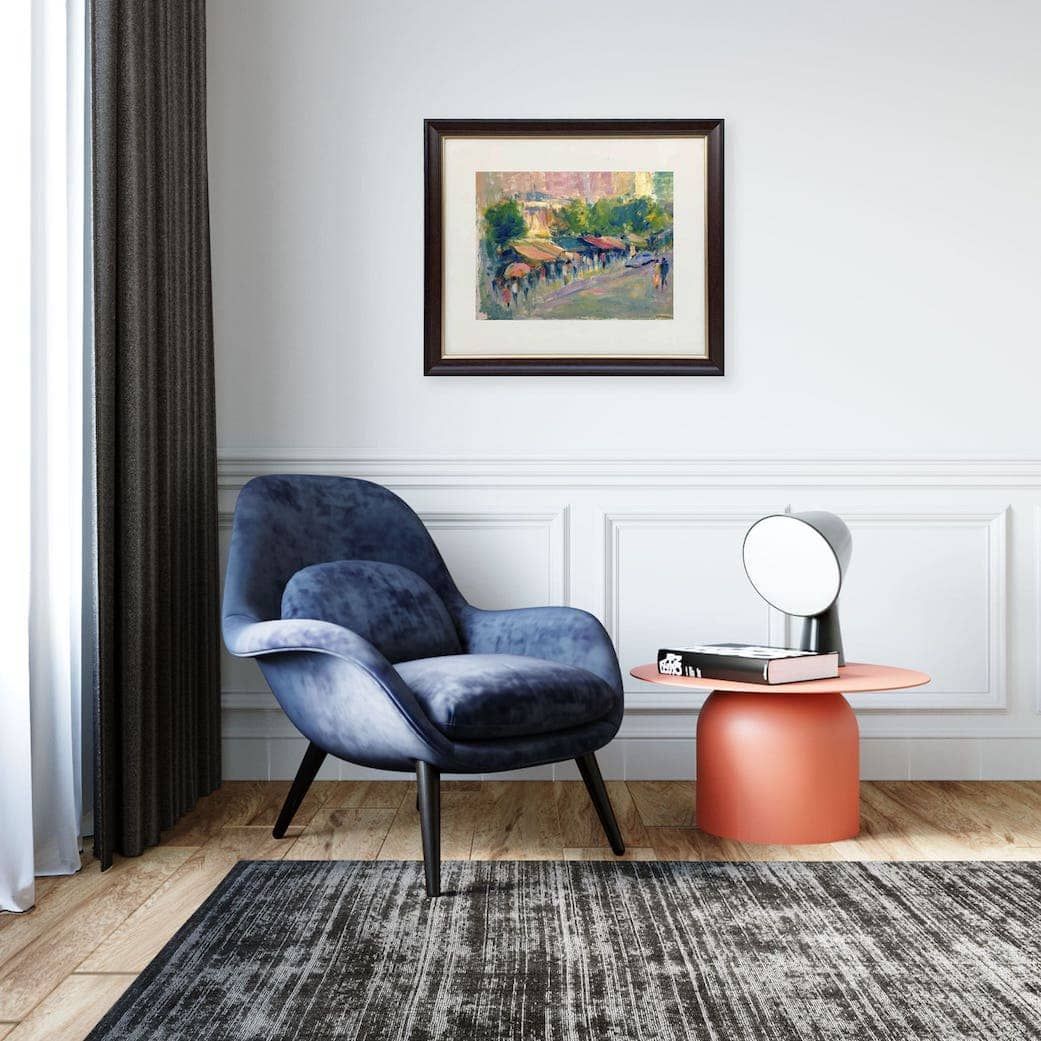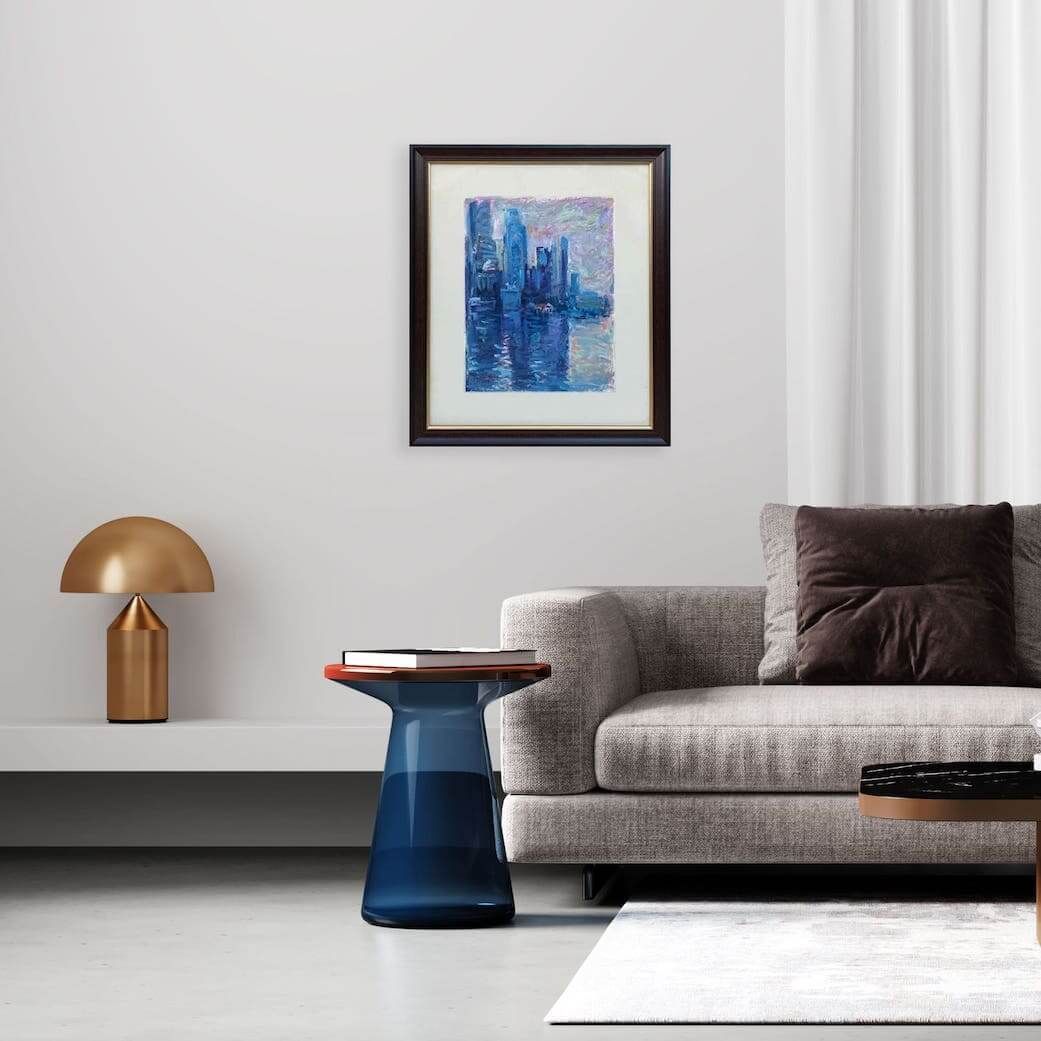What Is the Purpose of Art
What Is the Purpose of Art?
The purpose of art is as multifaceted as humanity itself.
It is not a single, neat answer, but rather a rich tapestry of functions that enrich our lives in countless ways.
From ancient cave drawings to contemporary installations, art has been a fundamental part of human existence for centuries.
It has always been a mirror of human experience and serves various purposes that resonate across cultures and time.
At its core, the purpose of art is to communicate, to connect, and to express.
Art Is a Universal Language for Expression of Emotion & Ideas
At its core, art is a powerful form of expression. Before written language, humans communicated through images on cave walls.
From a child's crayon drawing to a master sculptor's masterpiece, art allows us to convey emotions, ideas, stories, and experiences that words often fail to capture.
It provides a powerful medium for expressing emotions, thoughts, and ideas.
It is a universal language that transcends cultural and linguistic barriers, allowing us to connect with others on a deeper level.
Artists often use their work to convey feelings that are difficult to articulate through words.
Think about how a sad song can instantly resonate with you, or how a vibrant painting can evoke pure joy.
That is the power of artistic communication. Ultimately, art helps us understand and process the world around us.
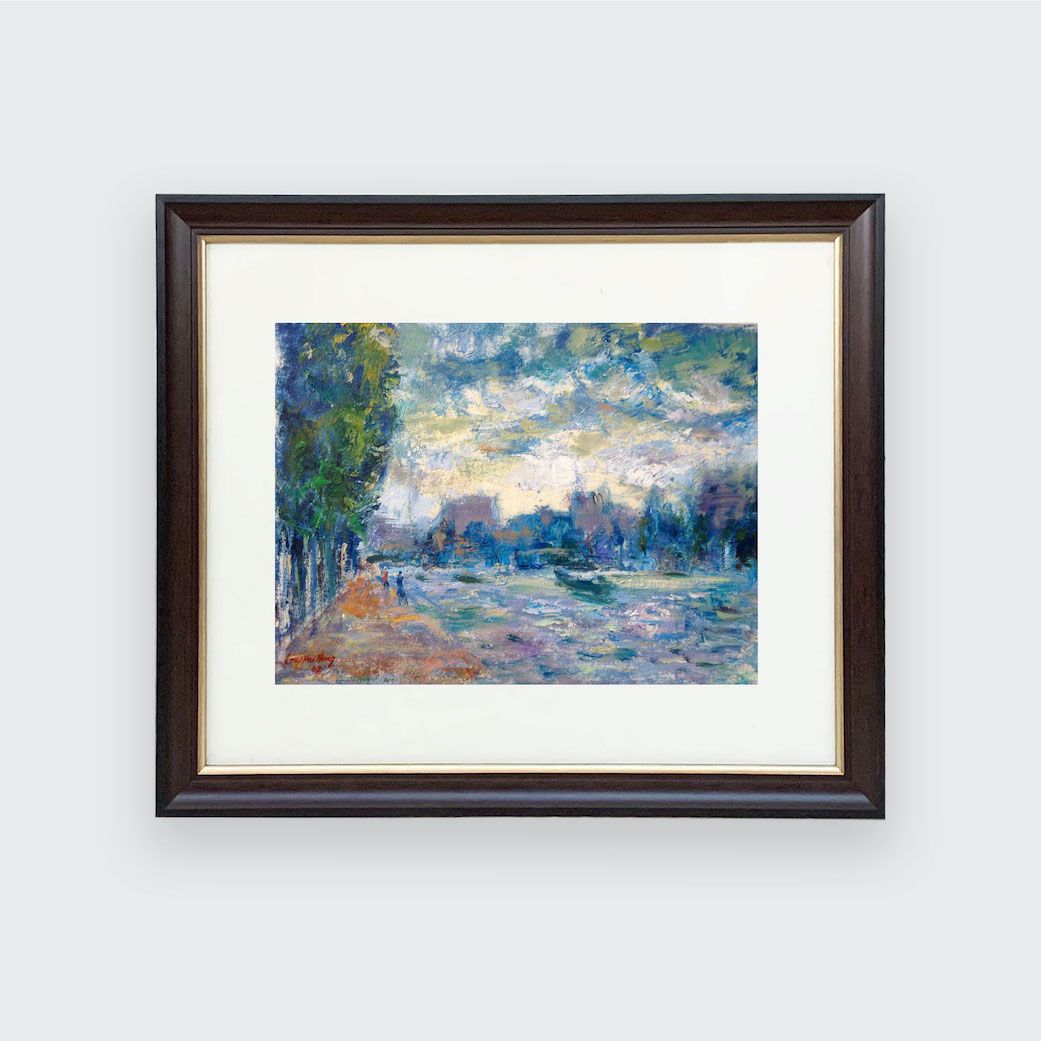
Art Sparks Dialogue for Cultural Reflection & Commentary
Art often acts as a mirror of society, reflecting the world around us on cultural values, beliefs, and historical contexts.
Artists observe, interpret, and then present their insights, offering commentary on social issues, historical events, and the human condition.
From satirical cartoons to powerful protest art, it invites interpretation and challenges us to think and question.
It can be a catalyst for change, sparking conversations and inspiring action.
By engaging with art, we gain insight into different cultures and perspectives since two people can look at the same piece and feel entirely different things.
This openness fosters discussion and connection, making it a powerful tool for developing empathy and shared understanding.
This cultural reflection helps preserve our collective identity and heritage.
Cultural Preservation & Historical Record
Art is a visual archive of who we are and a vital keeper of history and culture.
Ancient artifacts, traditional dances, folk songs – these forms of art preserve stories of identity, traditions, beliefs, struggles, and hopes across generations.
They offer invaluable insights into how people lived, what they valued, and what challenges they faced.
Owning or viewing art connects us to our cultural roots and the broader narrative of human civilisation.
Think of the pyramids of Egypt or the intricate patterns in a tribal textile – they are testaments to human ingenuity and cultural identity.
